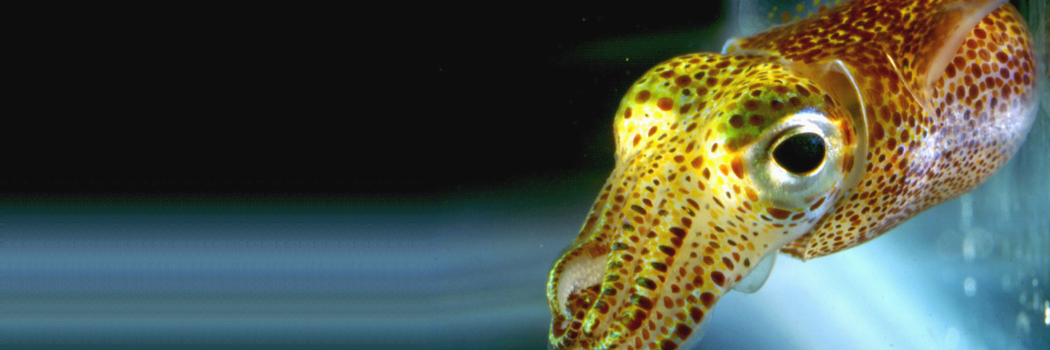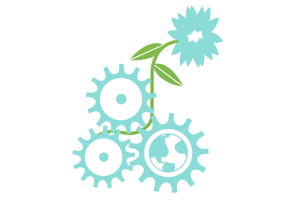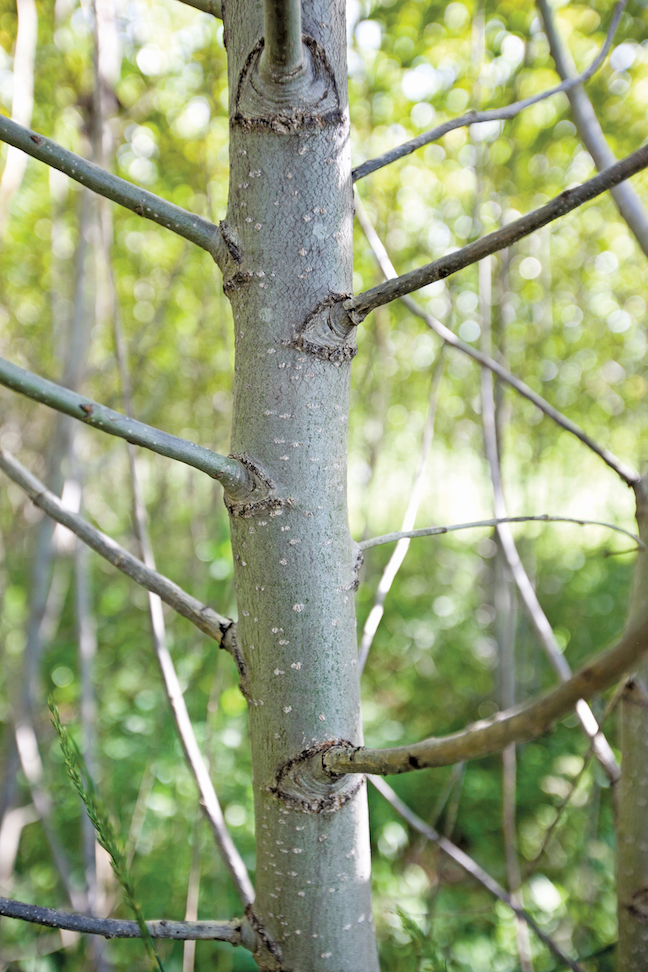Dairy scientist Laura Hernandez marvels at the miracle of milk— and she’s exploring how to improve the processes that create it, for the benefit of both cows and humans

Laura Hernandez, not in milking garb. (Photo by Sevie Kenyon/UW-Madison CALS)
WHEN THE CITY GIRL decides to study lactation, she must first learn to milk a cow. Laura Hernandez, an assistant professor of dairy science at CALS, remembers that lesson.
Her tutor that day was Jessica Cederquist, then a fellow grad student and now CALS herd manager. “People who have never milked are used to what you see in the movies,” Cederquist explains. You know the choreography: grab a teat, pull down, milk squirts into the bucket. But that technique simply squeezes milk back into the udder. And just about everybody makes the mistake. “It is a rite of passage to stand back and laugh,” she admits.
“She thought it was very funny,” Hernandez recalls. “I think that was the beginning of a very good friendship.”
The milking got a little crazier once Hernandez ramped up her inquiries into how lactation works. Her first experiments required milking two halves of the same cow, comparing milk production. Because she was pairing the front right with the back left and vice versa, she had to replumb two half milkers, using a surplus of hoses and buckets. She’d also recently had knee surgery.
“You’re already kind of crowded in there and now you’ve got her fancy contraption and all of her buckets and a big old knee brace,” says Cederquist. And it’s a waterbed stall, so every time anybody moves, the floor moves, and the buckets yaw precariously. “She’s darn near laying on the floor under the cow, trying to figure out how she’s going to get this thing to stay on.”
Hernandez is still making things unusual for Cederquist. Lactation is a delicate enough phenomenon that the typical dairy farmer puts animals who are in the late stages of pregnancy on vacation. This is exactly when Hernandez needs to poke and prod, monitor and manipulate.
The hassle seems worth the reward: Her exploration of the role of serotonin in lactation has the potential to significantly improve animal health and boost milk production. There may also be profound lessons about the role of serotonin in human health. While seratonin was once considered the miracle molecule of mental health, Hernandez is helping unravel its role in many more parts of the body.
“There is still an infinite box of things it probably does that we can’t understand,” says Hernandez. Which is all the more interesting because it’s such a simple molecule, just a modified amino acid. It’s as if a Lego block were able to control a nuclear reactor. “I really am just completely fascinated by how a modified amino acid can regulate what feels like the universe at times,” Hernandez says.
Read the rest of the story here.












